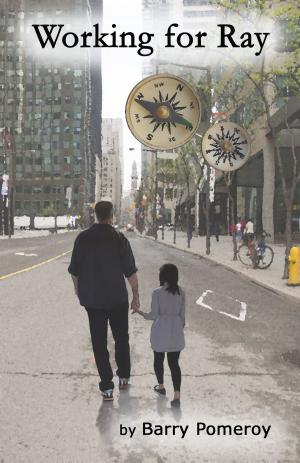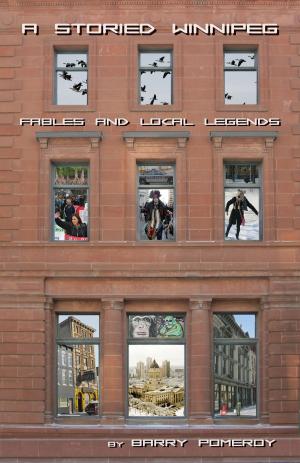Innocent When You Dream: Narrative in Tom Waits' Songs - the middle years
Fiction & Literature, Saga, Literary| Author: | Barry Pomeroy | ISBN: | 9781987922646 |
| Publisher: | Barry Pomeroy | Publication: | November 10, 2018 |
| Imprint: | Smashwords Edition | Language: | English |
| Author: | Barry Pomeroy |
| ISBN: | 9781987922646 |
| Publisher: | Barry Pomeroy |
| Publication: | November 10, 2018 |
| Imprint: | Smashwords Edition |
| Language: | English |
This second volume of my Narrative in Tom Waits’ Songs series follows the shifts in his music as Reagan’s eighties tumbled into the nineties. The narrative voice shifts with his music as the stories drift outside the personal to examine the world around him just as much as it does his reactions to it.
Tom Waits’ middle period is much more experimental than his early work. The piano-playing hard-drinking and smoking Waits of The Heart of Saturday Night and Nighthawks at the Diner settled down into the much stranger magician and carnival roustabout of the eighties. Drawing upon three-penny opera, vaudeville, classic blues and industrial music, Waits began to experiment with non-traditional instruments, bagpipes, marimba, pump organs, and odd percussive “instruments” such as brake drums, a damaged Chamberlin, and a Stroh violin.
His lyrics shifted with his music, and the characters of his ballads from Closing Time were less recognizable as he shifted Swordfishtrombones to Island Records in 1983. Then his music became more experimental than the songs of his earlier albums. Rain Dogs continued that experimentation two years later, and he began to tell the stories of people trapped on the outside of society. In another two years, he followed the story of Frank, a kind of alter ego if Waits had lived a different life, as if Frank from “Frank’s Wild Years” hadn’t doused the house in kerosene and driven away. It was about this time that Asylum released some older versions of some of the early work, capitalizing on Waits’ growing popularity and taking advantage of their contract with him. This proved to be a kind of unconscious elegy to Waits’ early work as he went even further afield, and showed the shift to the experimentation in Swordfishtrombones and Rain Dogs and how that became extended into Bone Machine.
This second volume of my Narrative in Tom Waits’ Songs series follows the shifts in his music as Reagan’s eighties tumbled into the nineties. The narrative voice shifts with his music as the stories drift outside the personal to examine the world around him just as much as it does his reactions to it.
Tom Waits’ middle period is much more experimental than his early work. The piano-playing hard-drinking and smoking Waits of The Heart of Saturday Night and Nighthawks at the Diner settled down into the much stranger magician and carnival roustabout of the eighties. Drawing upon three-penny opera, vaudeville, classic blues and industrial music, Waits began to experiment with non-traditional instruments, bagpipes, marimba, pump organs, and odd percussive “instruments” such as brake drums, a damaged Chamberlin, and a Stroh violin.
His lyrics shifted with his music, and the characters of his ballads from Closing Time were less recognizable as he shifted Swordfishtrombones to Island Records in 1983. Then his music became more experimental than the songs of his earlier albums. Rain Dogs continued that experimentation two years later, and he began to tell the stories of people trapped on the outside of society. In another two years, he followed the story of Frank, a kind of alter ego if Waits had lived a different life, as if Frank from “Frank’s Wild Years” hadn’t doused the house in kerosene and driven away. It was about this time that Asylum released some older versions of some of the early work, capitalizing on Waits’ growing popularity and taking advantage of their contract with him. This proved to be a kind of unconscious elegy to Waits’ early work as he went even further afield, and showed the shift to the experimentation in Swordfishtrombones and Rain Dogs and how that became extended into Bone Machine.















